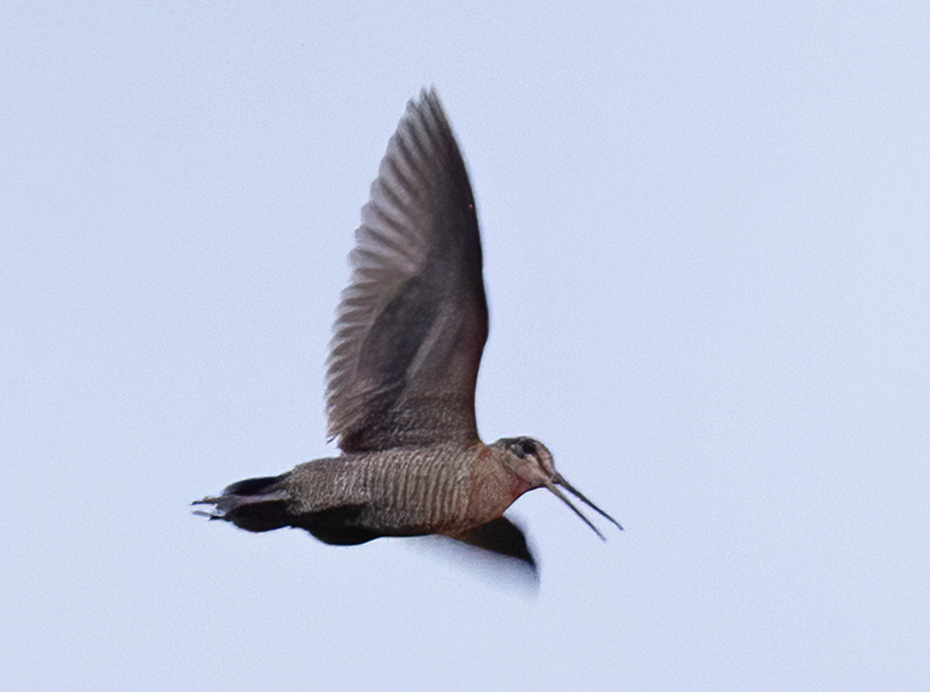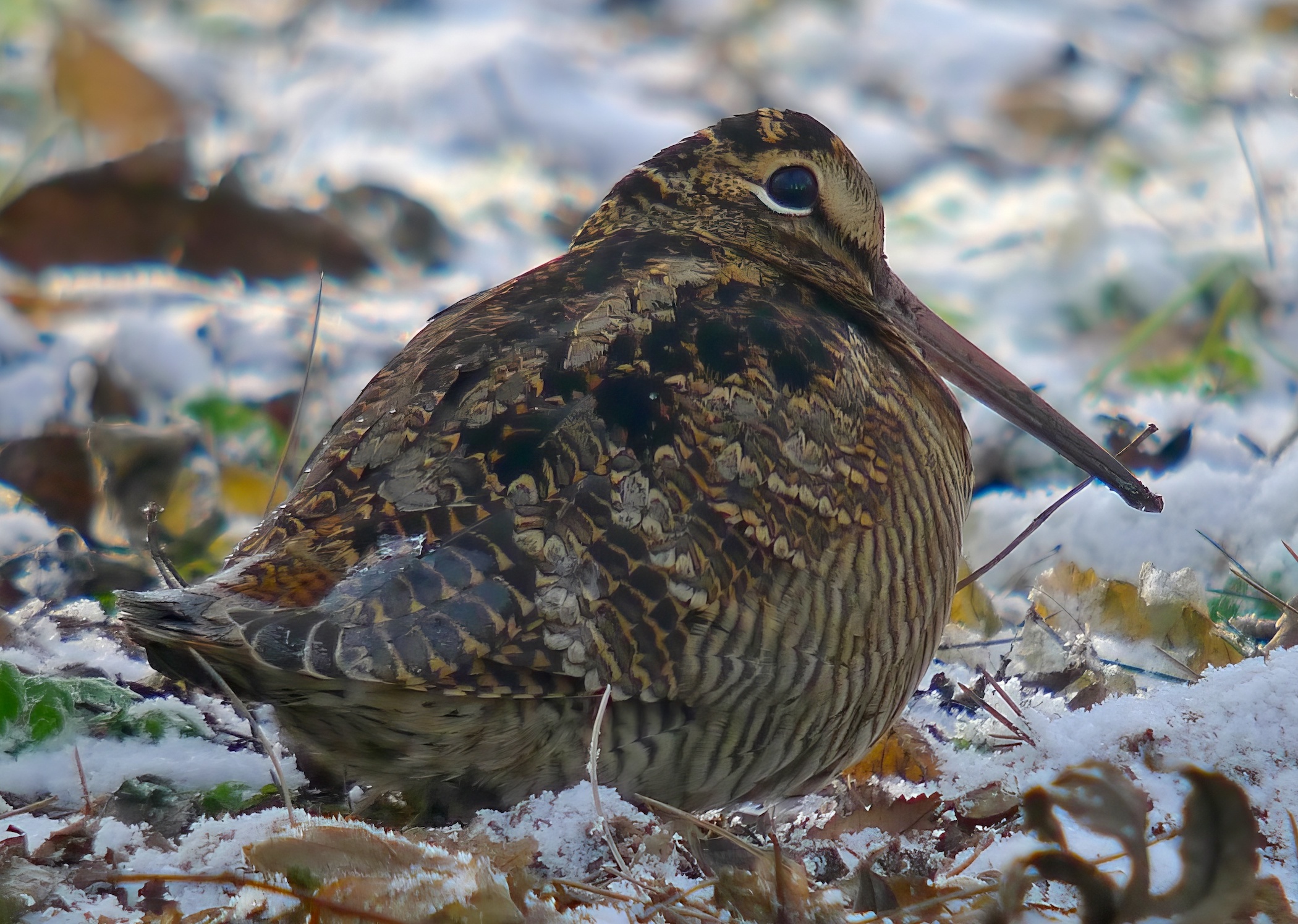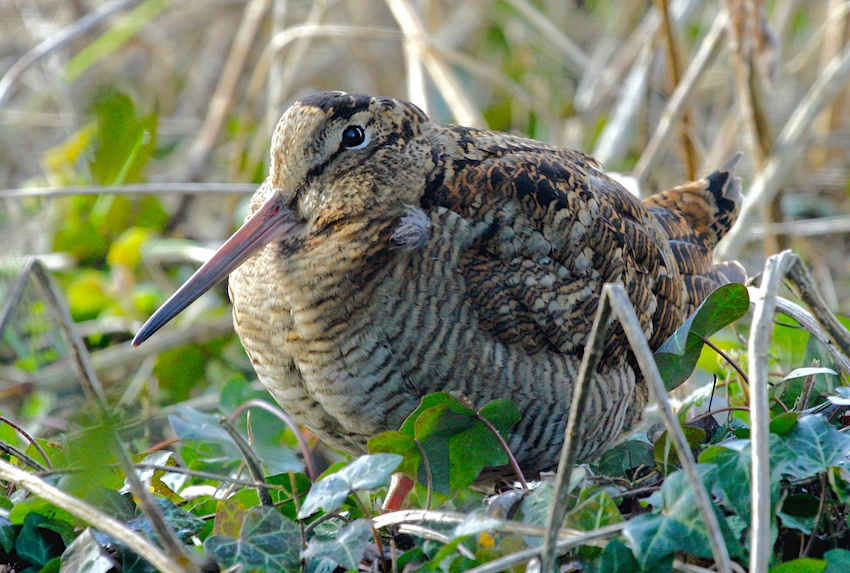Woodcock Scolopax rusticola
Fairly common resident in woodland, passage migrant and common winter visitor.



Woodcock is a truly beautiful bird close up, but their crepuscular habits can make it difficult to get a really good view, especially when flushed in woodland. Those habits make them difficult to monitor and even full-scale atlas surveys do not always do the job. The Lincolnshire Atlas found it difficult to estimate the breeding population based on roding males and put it anywhere between 250 and 600 birds in the late 1980s and it was thought there had been no change between then and the late 1990s. The BTO did a full-scale survey of roding males in 2003 and repeated it in 2013/14. It showed a UK-wide decline of some 23%. The BTO Atlas of 2007-2011 showed a pronounced decline in the east of the county from where they have largely disappeared as a breeding bird. It may be a coincidence but many of Lincolnshire's woods are heavily shot over in late winter. This reveals the north-eastern European origin of the birds wintering here. In December 2017 a bird ringed as a nestling in Finland earlier in the year was shot at Barrowby. In some winters large “bags” are taken. Foreign-ringed birds recovered (mostly shot) in Lincolnshire come from, in the main, Russia, northern Europe and Scandinavia.
The largest single count at Gibraltar Point in the 10 years to 2018 was a result of the “Beast from the East” that hit Britain in late February 2018 and caused thousands of dead Woodcocks to be picked up on beaches across the east of Britain. Fewer were found dead in the county but the counts of live birds at Gibraltar Point show the scale of the arrival. On February 28th there were 29 birds, March Ist 62, March 2nd 87 and March 12th 119, the highest count since the last hard winter of 2009/10 when there had been 70 in January 2010. In the intervening years the average annual peak monthly high count was 27.
(Account as per new Birds of Lincolnshire (2021), included September 2022)
